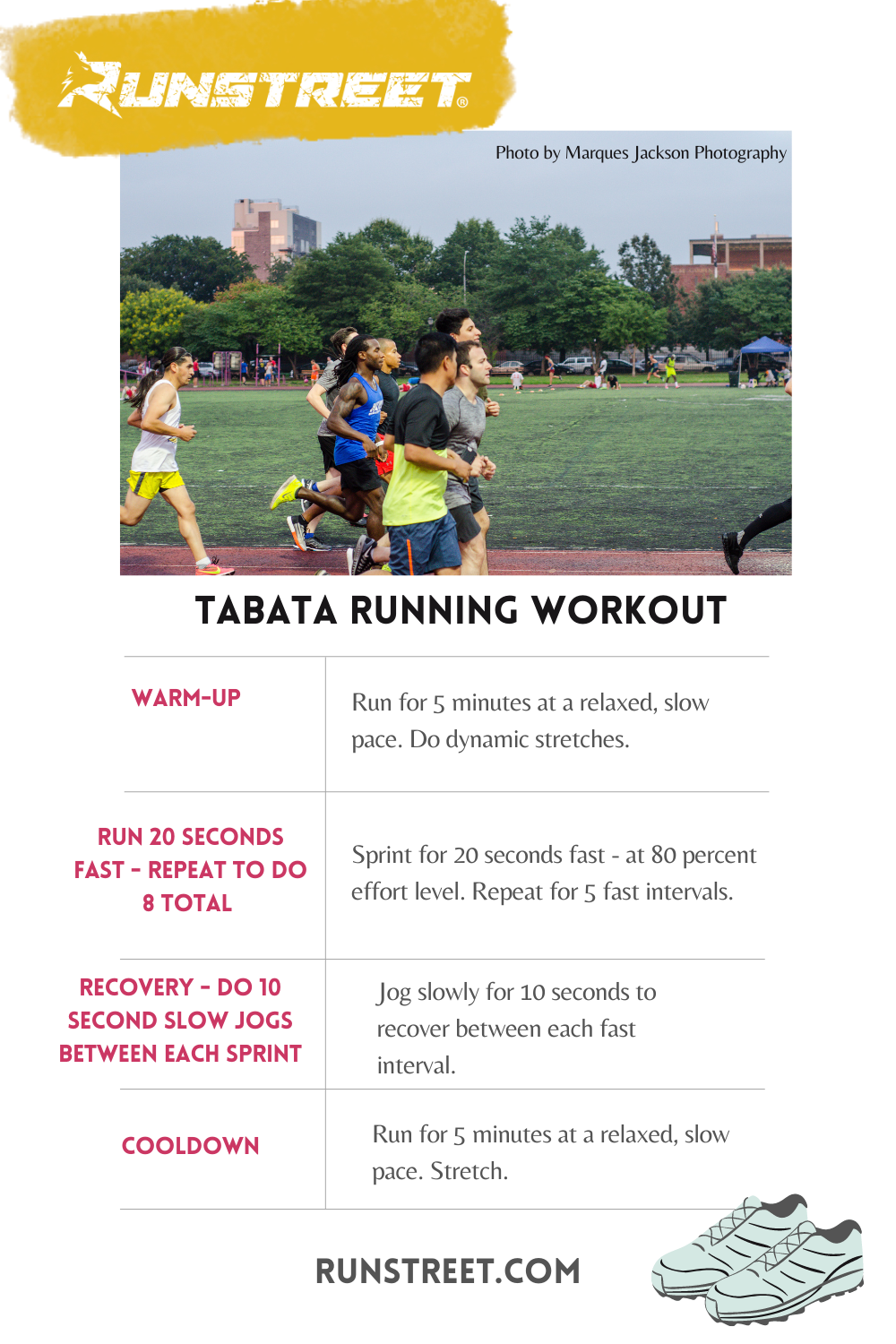How to Stop and Manage Pain in Running: Expert Tips and Suggestions
As runners, we commonly find ourselves captured between the excitement of pushing our physical limits and the pain that can accompany it. The quest of that jogger's high can often be hindered by the unwanted companion of pain. Whether you are a skilled marathoner or a novice hitting the pavement for the first time, the unpleasant presence of pain and pain is a common measure. Nevertheless, there exist tried and tested methods and experienced guidance that can aid reduce and manage these discomforts, enabling you to concentrate on the joy of running itself.
Value of Proper Footwear
Proper footwear plays an essential duty in preventing and taking care of discomfort for runners, as it significantly impacts their convenience, efficiency, and total foot wellness. When it concerns running, wearing the right shoes can make all the distinction. Uncomfortable or inappropriate footwear can cause a host of concerns such as sores, shin splints, plantar fasciitis, and much more serious injuries like tension cracks.
Choosing the appropriate running footwear involves thinking about variables such as foot kind, stride mechanics, running surface, and personal preferences. Joggers with high arcs might require more cushioning and support, while those with level feet may take advantage of stability shoes. Additionally, comprehending pronation (the internal rolling of the foot) and supination (the outward rolling of the foot) can help in picking shoes that supply the ideal level of arch support.
Buying high quality operating shoes that are suitable for your individual needs can assist stop discomfort and discomfort while enhancing your running experience. Prioritizing appropriate shoes is not nearly efficiency but additionally regarding guarding your foot wellness in the long run.

Reliable Warm-up Techniques
Shoes choice is simply one aspect of preparing for an effective run; one more critical aspect is executing effective warm-up techniques to optimize performance and reduce the threat of injury. A dynamic workout routine prior to a run assists boost blood flow to the muscles, improves versatility, and enhances the variety of activity of the joints. Dynamic stretches like leg swings, high knees, and hip circles are useful in preparing the body for the physical needs of running. Progressively boosting the intensity of the workout workouts can help trigger the muscular tissues and boost neuromuscular control.
Along with vibrant stretches, incorporating some light cardio exercises such as running or avoiding rope can even more elevate the heart rate and heat up the body. This mix of vibrant extending and light cardio helps loosen up tight muscles, lubricate the joints, and psychologically prepares the jogger for the upcoming exercise (running workout). By making workouts a consistent part of your running regimen, you can dramatically reduce the risk of injuries and execute at your best during each run
Secret Extending Workouts
When planning for a run, incorporating key stretching exercises is necessary to boost muscle mass versatility and protect against injuries - Read More. Dynamic stretches such as leg swings, high knees, and hip circles are useful for heating up the muscle mass and increasing variety of movement prior to a run. These movements assist enhance blood flow, loosen up tight muscular tissues, and prepare the body for the activity ahead
Fixed stretches like calf bone stretches, hamstring stretches, and quadriceps stretches must comply with a run to assist in muscle recuperation and avoid rigidity. Holding each go for 15-30 secs allows the muscular tissues to relax and lengthen, decreasing the danger of post-run soreness and prospective injuries.
In addition, integrating yoga exercise presents like downward pet dog, pigeon posture, and back spins can target several muscular tissue teams at the same time, advertising general adaptability and stamina. Regular stretching routines not only boost performance but likewise aid in maintaining great running form and stopping overuse injuries. Remember, appropriate extending methods are vital for a risk-free and satisfying running experience.
Recovery and Rest Approaches
After finishing a run, executing effective recovery and remainder methods is crucial for making best use of performance and reducing the risk of injuries. One vital aspect of healing is allowing the body time to relax and fix itself. Appropriate sleep is extremely important as it is during remainder that muscle mass recover and grow more powerful. In addition, incorporating rest days into your training schedule is vital to avoid overuse injuries and fatigue.
Active recuperation methods such as gentle extending, foam rolling, and yoga exercise can aid enhance blood circulation, minimize muscle mass soreness, and improve versatility. It is additionally beneficial to focus on hydration and nutrition post-run to restore electrolytes, glycogen stores, and advertise muscular tissue recovery.
Cross-training tasks like swimming or biking can supply a break from the recurring impact of running while still keeping cardiovascular health and fitness - running workout. Listening to your body and acknowledging when it requires a break is key to stop persistent injuries and ensuring lasting running success. Remember, remainder is not an indicator of weakness however a crucial part of a well-rounded training routine
Cross-Training Conveniences

It permits you to work on various facets of fitness that might not be targeted solely via running, leading to a more balanced and versatile professional athlete. Furthermore, cross-training can assist improve running efficiency by dealing with muscular inequalities and weak points that might prevent performance.
Final Thought
To conclude, appropriate footwear, warm-up strategies, stretching workouts, recovery approaches, and cross-training are important parts in stopping and handling pain in running. By incorporating these practices into your regimen, you can minimize the threat of injury and pain while maximizing efficiency and satisfaction of the sporting activity. Read More. Bear in mind to listen to your body, prioritize rest and recuperation, and look for expert support when needed to guarantee a safe and efficient running experience